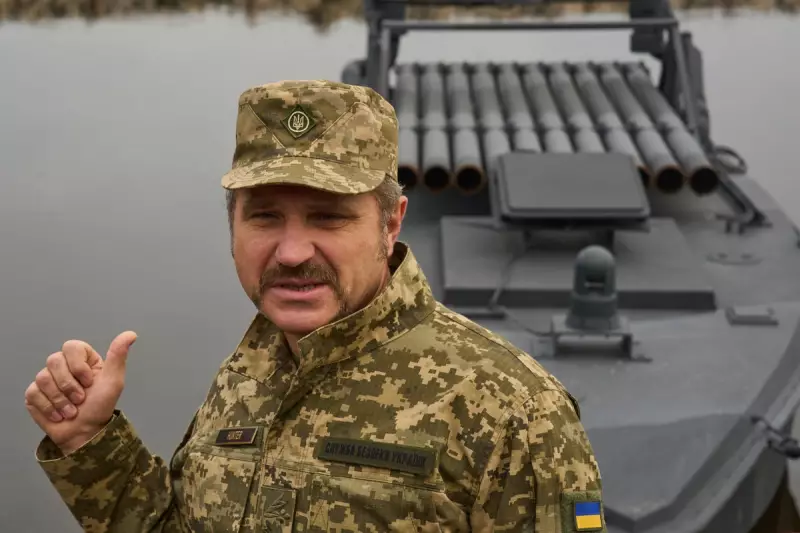
In a stunning demonstration of asymmetric warfare, Ukraine's innovative naval drone programme has fundamentally reshaped the balance of power in the Black Sea, forcing Russia's once-dominant fleet into a dramatic retreat from its occupied Crimean stronghold.
The Drone Revolution Changing Naval Warfare
Ukrainian forces have deployed what military analysts are calling "game-changing" unmanned surface vessels that have systematically dismantled Russian naval superiority. These sleek, low-profile drones, packed with explosives and controlled remotely, have proven remarkably effective against much larger conventional warships.
The strategic impact has been profound, with satellite imagery and intelligence reports confirming Russia has relocated numerous valuable vessels from Sevastopol in Crimea to Novorossiysk, nearly 300 kilometres further east. This represents a significant tactical withdrawal that military experts describe as one of Moscow's most embarrassing naval setbacks in decades.
From David to Goliath: How Small Tech Beats Big Ships
What makes Ukraine's drone campaign particularly remarkable is the cost disparity. Each Ukrainian naval drone represents a fraction of the expense of the multi-million dollar Russian warships they target. This economic asymmetry has allowed Ukraine to punch dramatically above its weight against a far larger naval power.
"We're witnessing a fundamental shift in naval warfare," explains defence analyst Roger Hilton. "The Ukrainians have demonstrated that relatively inexpensive technology can neutralise assets worth hundreds of times more. This will be studied in military academies for generations."
The Human Cost and Strategic Gains
Beyond the hardware losses, the psychological impact on Russian naval personnel has been significant. The constant threat of drone attacks has created what one intelligence source described as "heightened anxiety" among fleet crews, affecting morale and operational effectiveness.
Meanwhile, Ukraine's success has provided crucial strategic advantages:
- Enhanced security for shipping corridors facilitating vital grain exports
- Reduced threat of naval bombardment against coastal cities
- Demonstrated Ukraine's capacity for technological innovation under fire
- Forced Russia to expend significant resources on defensive measures
The Future of Naval Combat
As the conflict continues, military observers note that both sides are rapidly adapting. Russia has increased patrols and deployed additional defensive systems, while Ukraine continues to refine its drone technology and tactics.
This new chapter in naval warfare suggests that the era of large, expensive surface vessels dominating maritime conflict may be facing an unprecedented challenge from agile, intelligent drone technology.
The Black Sea has become a testing ground for 21st-century naval combat, with implications that will resonate far beyond the current conflict and potentially reshape global naval strategy for decades to come.





